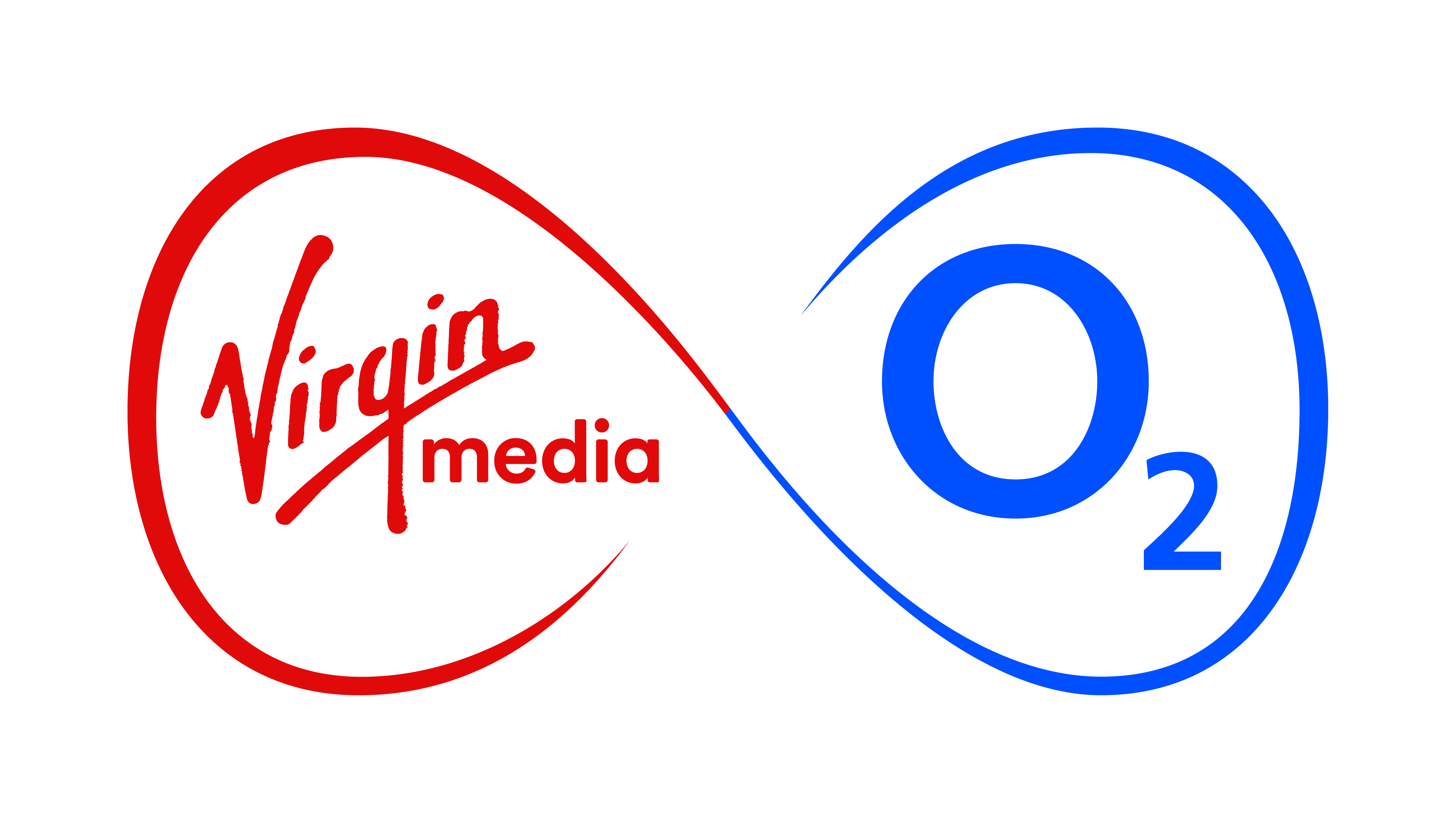The rise of online video is changing what we watch and how we watch it, but could YouTube ever replace TV? The O2 Gurus investigate.
The distinct line between television and online video is becoming an increasingly blurred one. Recent tech innovations such as Smart TVs, on-demand video streaming services like Netflix, and devices like Chromecast – Google’s new media streaming dongle – are changing the way we watch video content. The undisputed king of online video is YouTube and the ambitious Google owned platform is taking on TV to become the primary place where people watch video.
Some of the statistics surrounding YouTube are startling. The site attracts more than 1 billion unique users each month, who watch over 6 billion hours of video – that’s almost one hour for every person on the planet. But, where TV still beats YouTube hands-down is in terms of time watched per user. YouTube viewers tend to watch between 15 and 30 minutes of video per day, whereas in the UK the average viewer watches around four hours of TV each day.
Increasing the time people spend on YouTube is crucial for Google, as their entire business model is built on advertising revenue. Put simply, the more videos people watch, the more ads they can serve and the more revenue they generate. So what have YouTube done in the past few years to increase people’s watch time on the site?
One initiative was the creation of premium ‘Original Channels’, where Google invested around $200 million in over 160 new channels, created by a mixture of global brands, traditional production companies and home-grown YouTube natives. The experiment was designed to eradicate YouTube’s reputation as just a place to watch funny cat videos and compilations of people falling over, instead presenting it as a commercially viable platform for traditional production companies and advertisers to create high quality videos.
Other initiatives have included paid channels and themed content weeks. The former offers viewers premium add-free content for a small monthly fee, whilst the latter brought together YouTube stars and TV celebrities to create videos around a central theme such as ‘Comedy Week’ and ‘Geek Week’.
However, these initiatives haven’t been the biggest of successes. Paid subscriptions have seen a slow uptake, themed weeks have been met with negative or indifferent reviews and, aside from a few exceptions, the Original Channels have failed to capture imaginations. It seems that YouTube have had a hard time selling the public their vision as a rival to television.
But, perhaps this is a good thing. TV and YouTube may be increasingly inhabiting the same space, but they still serve quite different purposes. YouTube’s attempts to mimic TV have shown that YouTube channels do not work in the same way as on TV and that homegrown YouTube creators are far better at making successful content than traditional media creators. The underlying problem with YouTube’s recent initiatives is that they were all imposed from the top, going against the democratic, organic community of creators that has always been at the heart of their appeal.
Television, for its part, has found a new lease of life, thanks largely to social media. With the explosion of dual screening, many TV shows have found innovative ways of engaging fans, largely through Twitter. Programs like Goggle Box and Game of Thrones create such a buzz on social media that they become shared national experiences, with everyone watching and sharing their opinions at the same time. Furthermore, many TV channels have successfully embraced video streaming, creating their own platforms such as BBC iPlayer and 4OD for viewers to catch up and re-watch their favourite series.
YouTube does a lot of things much better than television. It’s taken for granted these days that YouTube is an incredible platform for ambitious video creators to get their work seen by a global audience. Almost anyone can become a YouTube creator, a fact that has allowed people in their bedrooms to make a career out of expressing themselves on video. There are now channels for every conceivable interest, from nursery rhymes for mothers with young children to content for hardcore videogamers. It also provides a platform for many brands to communicate their values directly with their audience, including Red Bull, Nike Football and, of course, our very own O2 Guru TV channel.
Online video is coming to our living rooms as people increasingly stream video on their televisions, but this does not mean the end of television as we know it. Instead, both YouTube and TV can sit side by side. TV companies are finding innovative ways to distribute their video and engage with their audience, as popular series move beyond the living room to become touchstones of popular culture. Meanwhile, YouTube has vastly improved the quality of its content and attracted a new audience, with its active community of creators catering to a global range of interests that TV simply cannot provide.
What do you think about the rise of YouTube and online video? Will it ever replace TV? Tweet us at @O2 and let us know what you think. You can also find us on O2 Guru TV or visit an O2 Guru in store.
press enquiries
press enquiries
